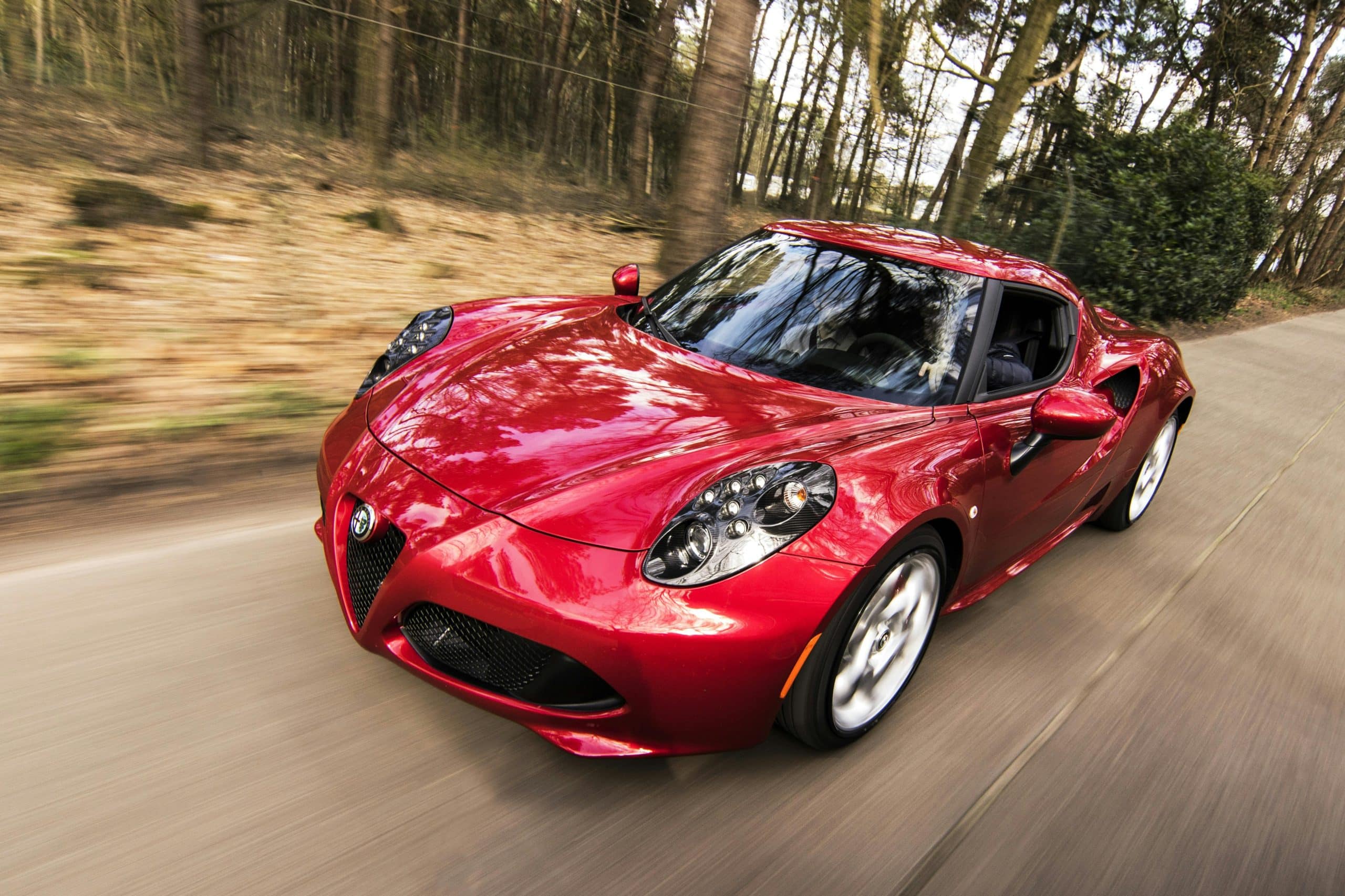How to Upgrade the HVAC System in a Classic VW Bus for Modern Climate Control Efficiency?

Whether you are an enthusiast or a daily driver, there is something undeniably appealing about a classic Volkswagen Bus. These iconic vehicles, known for their unique design, have a charm that simply cannot be matched by modern cars. However, in the realm of climate control, they often fall short. This deficiency becomes more apparent during the extreme temperatures of summer or winter months. The original air and heating systems in these vintage models were not designed with the same level of efficiency and power as today’s vehicles. Hence, many owners are looking at ways to upgrade their HVAC systems to improve their driving experience. This article guides you on how to do just that.
Why Upgrade the HVAC System in Your Classic VW Bus?
Before diving into the specifics of the upgrade, it is essential to understand why it is necessary. The original systems installed in these vehicles were basic and rudimentary. The heating system relied on heat from the engine, and the ventilation system was merely a fan that circulated air. This setup was quite inadequate, especially in more extreme weather conditions.
Lire également : How to Choose and Install a High-Efficiency Intercooler on a Mitsubishi Evo for Cooler Intake Air?
An upgraded HVAC system in your classic VW bus would not only improve the comfort of your driving experience, but also increase the energy efficiency of the vehicle. Modern systems utilize power more efficiently, offering better control over the interior temperature without significantly affecting the vehicle’s fuel consumption.
Choosing the Right Kit for Your VW Bus
When it comes to upgrading the HVAC system in your classic VW Bus, a complete retrofit kit is usually the best option. These kits come with everything you need to replace the original system, including a new heater, air conditioner, fan, and all necessary control systems.
A découvrir également : Can You Improve Ride Quality in a Citroen DS3 with Aftermarket Shock Absorbers?
The process of selecting the right kit involves considering the specific requirements of your vehicle model as well as your personal needs. If you primarily use your bus in colder climates, you may want to prioritize a more powerful heating system. Conversely, if you live in a hot area, a robust air conditioning system should be considered.
Always check the specifications of the kits to ensure they are suitable for your VW Bus model. Some kits are designed to be universal, fitting a wide range of vehicles, while others are model-specific.
Installing the New HVAC System
Once you have selected and purchased the right kit for your VW Bus, the next step is installation. This process can be quite complex and time-consuming, so it may be best to hire a professional if you lack the necessary skills and experience. However, if you feel confident in your abilities, you can certainly do it yourself.
Start by removing the old HVAC system from your vehicle. This involves disconnecting the heating and air conditioning units, removing the fan, and possibly removing part of the dashboard to access the control systems. Make sure to disconnect the battery before starting to avoid any risk of an electrical shock.
Once the old system is out, you can begin installing the new one. Follow the instructions provided with your kit carefully, ensuring that everything is installed correctly and securely. It’s important to remember that this process may take some time, especially if you are doing it for the first time. Don’t rush; take your time to ensure everything is done correctly.
Testing the New System
After the installation is complete, the final step is testing the new system. Turn on the vehicle and allow the engine to run for a while. Then, test the heat and air conditioning functions, as well as the fan controls, to ensure everything is working correctly.
During the testing phase, look out for any signs of problems, such as unusual noises, smells, or lack of airflow. If you notice anything unusual, turn off the system and consult with a professional.
Maintaining Your New HVAC System
Maintaining your new HVAC system is crucial to ensure it continues to function efficiently. Regularly check the system for any signs of wear or damage, clean the filters, and carry out any necessary repairs as soon as possible. This will help prolong the life of your new HVAC system and keep your classic VW Bus comfortable and efficient for many years to come.
Upgrading the HVAC system in your classic VW Bus is a significant task, but the benefits in terms of comfort, efficiency, and overall driving experience make the effort well worth it. With the right kit and careful installation, you can enjoy modern climate control efficiency in your vintage vehicle.
Selecting the Perfect Fit: Air Conditioning and Heater Core
An important aspect of upgrading the HVAC system in your classic VW Bus is selecting the right air conditioning and heater core. The air conditioning system plays a vital role in maintaining a comfortable temperature within the car during hot weather conditions. The heater core, on the other hand, is the heart of the heating system and is crucial for providing warmth during colder months.
For an air-cooled classic VW Bus, ensure the air conditioning system you select is compatible with your vehicle. It’s crucial to select one that is designed for air-cooled vehicles, as it will work smoothly with the existing engine and provide efficient cooling.
When choosing the heater core, consider the climate where you primarily use your VW Bus. If you are a daily driver in a cold climate, you might want a more robust heater core to provide adequate warmth. Conversely, if you reside in a mild climate, a standard heater core should suffice.
When selecting these components, ensure they are the perfect fit for your VW Bus. Look for kits specifically designed for your model to ensure compatibility and efficient performance. Many retailers offer a ‘MSRP add cart’ option that allows you to easily add these parts to your shopping cart. Review the product details carefully before making a purchase.
The Role of a Control System and Fan Speed in Car Performance
A modern HVAC system comprises more than just an air conditioner and a heater core. The control system and fan speed also play vital roles in the overall performance and efficiency of the climate control system in your classic VW Bus.
The control system is the brain behind the HVAC operations. It allows you to manipulate the temperature inside the vehicle, directing the amount of cool or warm air being circulated. This system should be intuitive and user-friendly, allowing you to adjust the settings easily while driving.
Fan speed is equally important. It is the fan that circulates the cool or warm air throughout the vehicle. A system with adjustable fan speed is ideal, as it allows for better control over the interior temperature.
Many modern HVAC systems also come with a regenerative braking feature, which helps conserve energy by harnessing the power generated during braking to recharge the system.
Ensure the control system and fan speed specifications in the retrofit kit are compatible with your vehicle’s specifications. A perfectly fitted system will enhance the performance of your car, making your daily drive more comfortable.
Conclusion
Upgrading the HVAC system in your classic VW Bus is a worthwhile investment. It not only enhances your driving experience but also improves the energy efficiency of your vehicle. From selecting the right air conditioning and heater core systems to ensuring you have a user-friendly control system with adjustable fan speeds, every component plays a vital role in creating an ideal climate-controlled environment within your vehicle. Remember, the key to a successful upgrade lies in careful selection of components and professional installation. With the right approach, you can enjoy the charm of a classic car with the comfort of modern climate control efficiency. No matter where your travels take you – whether you are a daily driver or a classic car enthusiast – your journey will be a comfortable one in your upgraded VW Bus.
